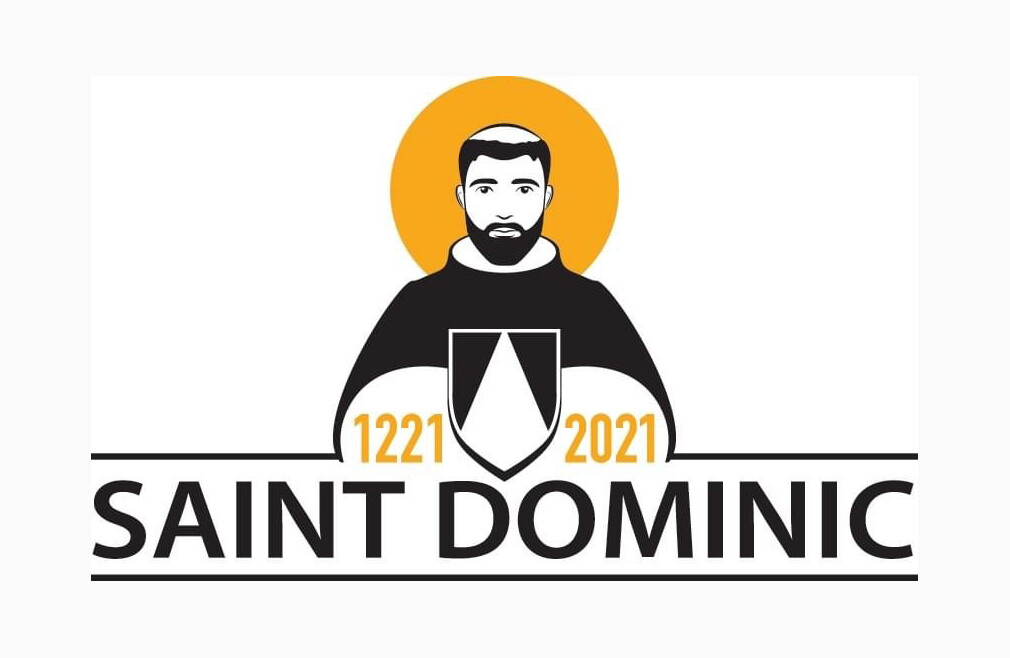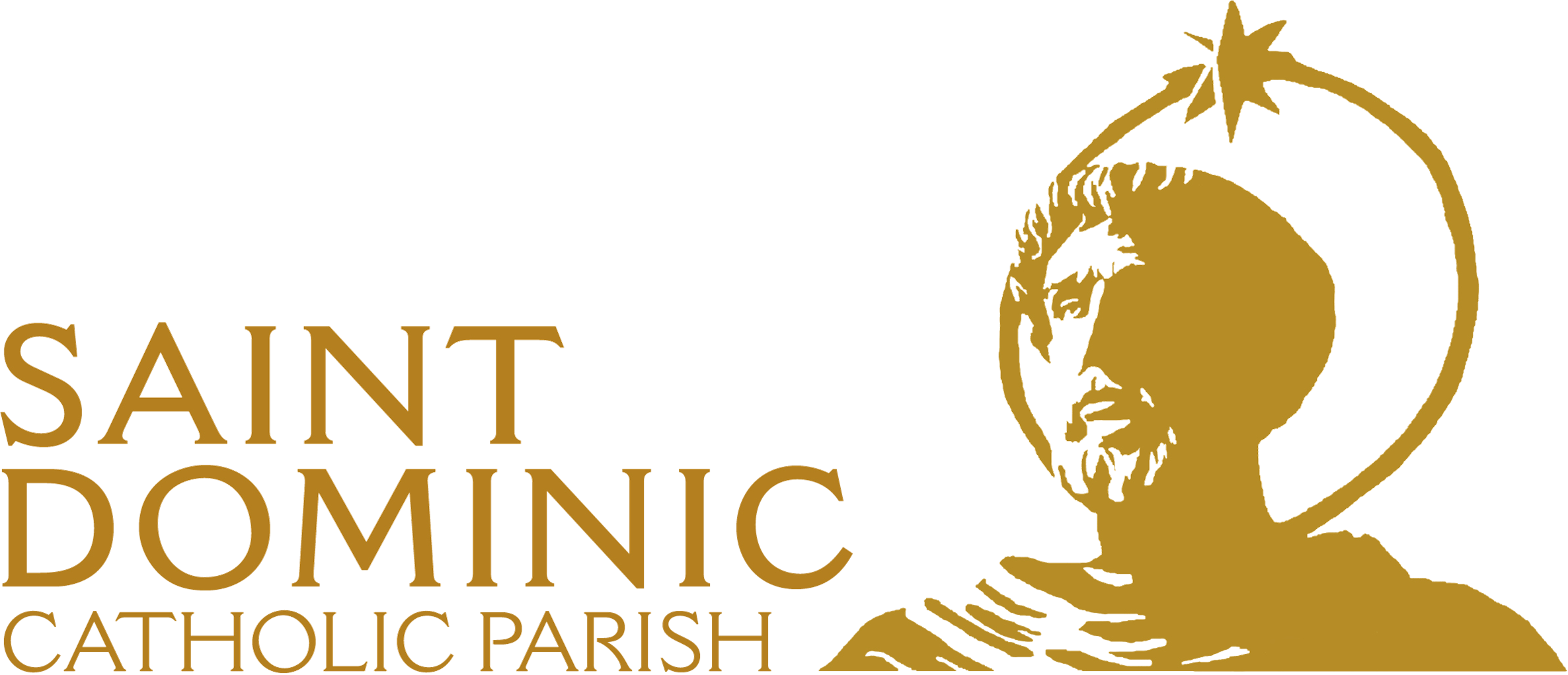Patron Saints

Patron Saints
The origin of patron saints goes back to the Roman Empire. The early churches, as far back as 313, were often built over the graves of martyrs. They were then given the name of the martyr, and the martyr was expected to intercede for the Christians who worshiped there. As time went on, churches were dedicated to other holy men and women—saints—who were not martyrs.
A patron saint is given to a church to be an inspiration in living out the gospel, and most importantly, to intercede for the community—praying to God to strengthen them during difficult times, to provide them with the grace needed to do God’s will, to draw them deeper into a relationship with Christ, to be an advocate before God - a heavenly activist who protects and intercedes for the church and its people.
In February 1999, The Congregation for Divine Worship and the Sacraments issued a notification, “Concerning the Constitution of Patrons of Dioceses and Parishes.” This document states:
“8. As an intercessor or advocate before God, the patron is a created person, such as the Blessed Virgin Mary, the Holy Angels, a Saint or Blessed. For the same reason, the Most Holy Trinity and the divine Persons are always excluded as patrons.”
It is up to the clergy and the local faithful to propose the patron saint of a parish church to the bishop, who gives his approval and is then approved by the Congregation for Divine Worship and the Discipline of the Sacraments.
Patron saints are often selected because of some relationship with that saint. In the United States, immigrants often chose as patrons the saints that had been venerated in their mother country.
Scripture urges us to pray for one another, and, as followers of Christ, we believe that those who have died still live, and therefore are capable of offering prayers to God, just as we do.
